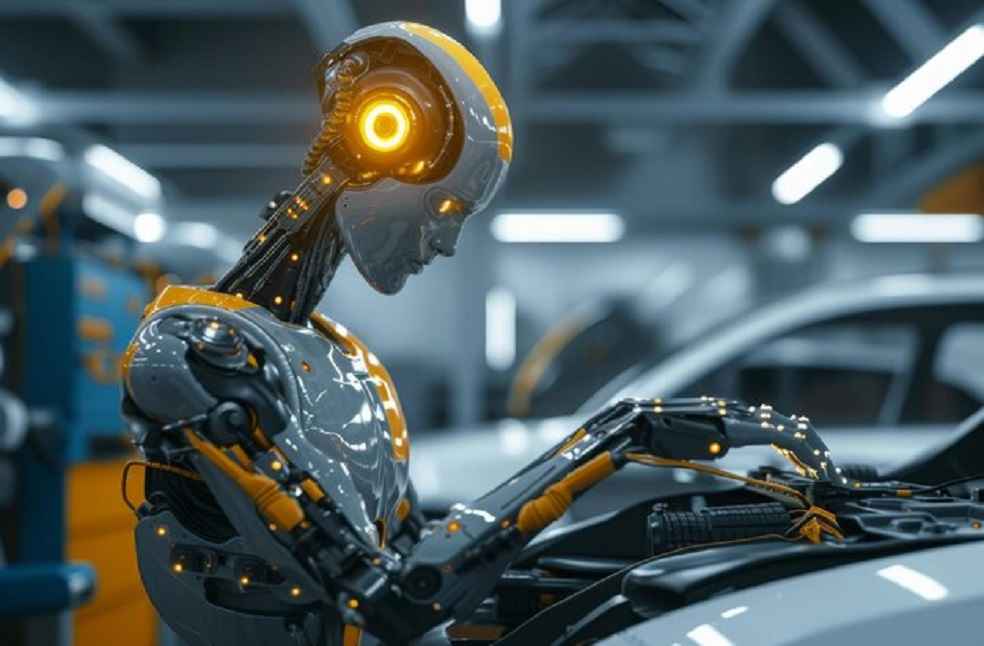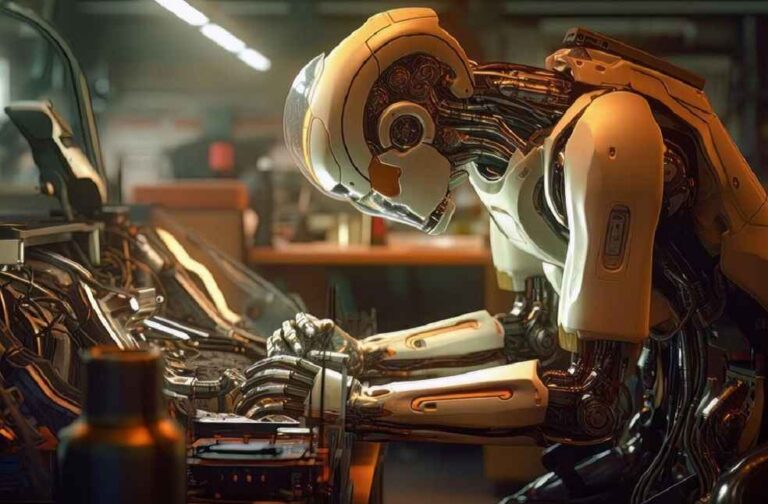The future of automobile robotic service centers is poised for significant transformation, driven by advancements in robotics, artificial intelligence, and automation technologies. Several key trends are likely to shape this future:
- Increased Automation: Robotic systems will take on more complex tasks within service centers, such as diagnostics, repairs, and maintenance. This will lead to faster turnaround times, improved accuracy, and reduced labor costs.
- Enhanced Safety: Robots will be deployed in hazardous environments, minimizing the risks for human technicians. This could involve tasks like handling high-voltage components or working in confined spaces.
- Improved Efficiency: Automation and AI-powered systems will streamline service operations, optimizing scheduling, inventory management, and customer communication.
- Data-Driven Insights: Robotic systems equipped with sensors will collect valuable data during service operations. This data can be analyzed to identify patterns, predict maintenance needs, and improve vehicle performance.
- New Service Models: The rise of autonomous vehicles and connected car technologies may lead to new service models. Robotic service centers could offer remote diagnostics, over-the-air software updates, and even on-demand repairs.
- Skillset Evolution: While some jobs may be automated, new roles will emerge for technicians specializing in programming, maintaining, and troubleshooting robotic systems.
- Customer Experience: Robotic service centers may offer unique customer experiences, such as virtual reality tours of the repair process or personalized maintenance recommendations.

However, there are also challenges to consider:
- High Initial Investment: The implementation of robotic systems requires substantial upfront investment, which may be a barrier for smaller service centers.
- Technological Complexity: Integrating robotics with existing systems and ensuring seamless operation can be technically challenging.
- Customer Acceptance: Some customers may be hesitant to entrust their vehicles to robotic systems, raising concerns about safety and quality.
Current Innovations:

While fully robotic automobile service centers are still in development, there are a few examples of early adopters and pioneers in this field:
- Audi’s Telepresence Robots: Audi has introduced telepresence robots in some of its dealerships to assist human mechanics. These robots, equipped with cameras and screens, allow remote experts to diagnose and guide repairs in real-time. This could be seen as a stepping stone towards more autonomous robotic service in the future.
- Bosch’s Concept Service Center: Bosch has showcased a concept service center that features a range of robotic technologies for tasks like diagnostics, tire changes, and even painting. While not fully operational yet, it demonstrates the potential for automation in various aspects of vehicle service.
- Independent Repair Shops: Some independent repair shops have started experimenting with robotic arms for specific tasks, such as wheel alignment or parts handling. While not fully robotic service centers, these examples show how automation is gradually being integrated into existing workflows.
- Research and Development Initiatives: Several companies and research institutions are actively developing robotic systems for automobile service applications. This includes projects focused on autonomous vehicle inspection, repair robots for specific components, and AI-powered diagnostic tools.

Overall, the future of automobile robotic service centers is promising, with the potential to revolutionize the industry. However, successful implementation will require careful planning, investment in technology, and a focus on customer needs.
MOST READ | Netherlands’ Eco-Runner XIII Sets ‘Hydrogen Car World Record’





